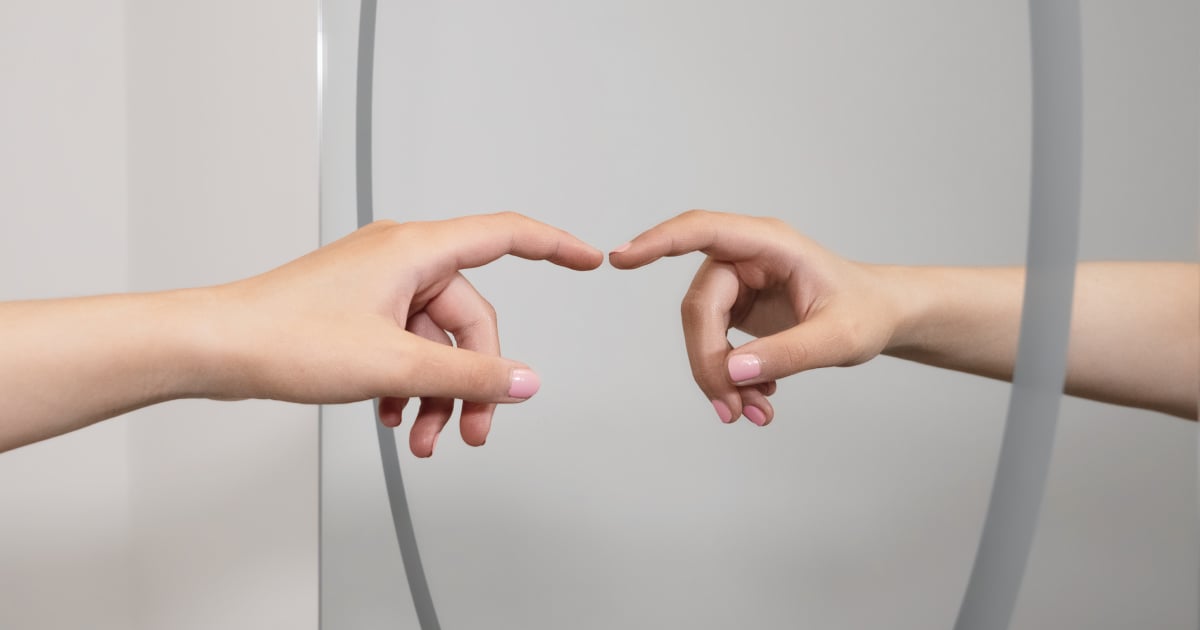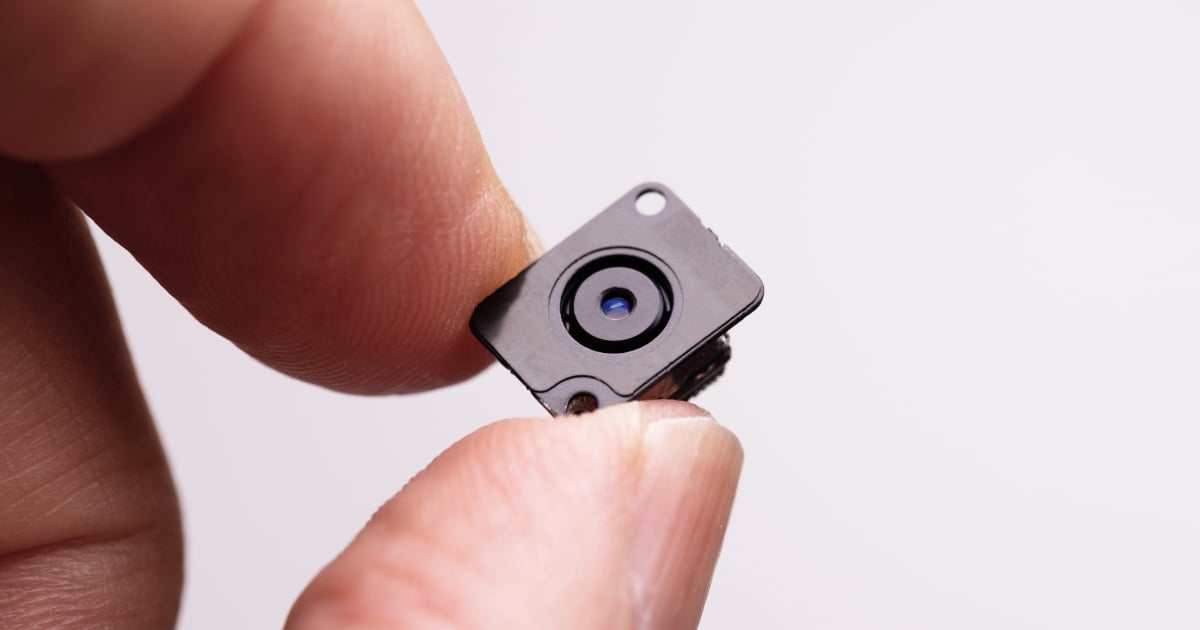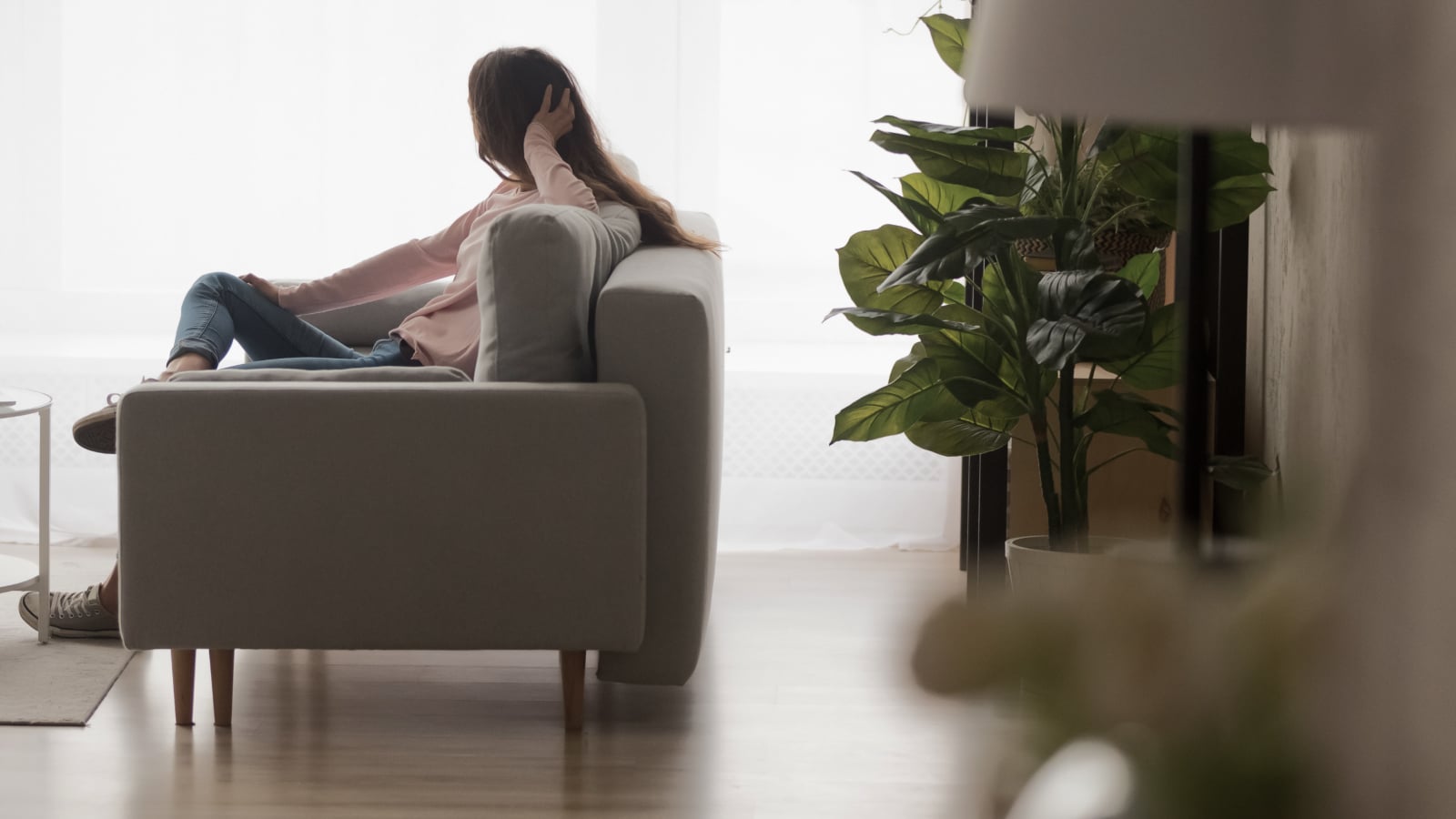A practical guide to protect your privacy
Over the past few years, the presence of hidden cameras has become a growing concern. These discreet devices can be installed in various environments — from hotel rooms and Airbnb rentals to private offices and changing facilities — posing significant privacy risks. Knowing how to find hidden cameras is essential for anyone who values their personal space and privacy.
This guide provides actionable, straightforward techniques to help you identify covert surveillance devices quickly and effectively. Remember, these methods are for informational purposes and should always be used responsibly and within legal boundaries.
Essential tips for detecting hidden cameras
Finding hidden cameras involves a careful, systematic inspection of your surroundings. Start by focusing on common hiding spots such as smoke detectors, electrical outlets, picture frames, and unusual objects in the room. Look for suspicious wires, tiny lenses, or reflective spots that may reveal a hidden camera.
Listening closely for faint humming or buzzing sounds — especially if you notice a device with motion sensors — can also provide valuable clues. A device that looks out of place or contains a tiny lens should be checked further.

How to check a room for hidden cameras
Use a flashlight:
Power down the lights and methodically scan the room with a flashlight. Camera lenses tend to reflect light, creating bright spots or glints. Consider places such as smoke detectors, clocks, electrical outlets, or decorative objects.
Inspect mirrors:
Hold your fingernail against the mirror surface. If there's a small gap between your nail and its reflection, it's a regular mirror. If the reflection is flush with your finger, it could be a two-way mirror hiding a camera. Light tapping can also reveal the difference in sound — dull for regular mirrors and hollow or sharp for two-way mirrors.

Examine electronic objects:
Closely inspect USB chargers, alarm clocks, and picture frames. Look for tiny holes, unusual lenses, or reflective surfaces. Use your flashlight to identify any odd glints or anomalies.
Monitor Wi-Fi connections:
Many hidden cameras connect to Wi-Fi networks. Log in to your router's admin panel or use a Wi-Fi scanning app to detect unfamiliar or suspicious devices. Devices with strange names or unknown attributes could be covert cameras transmitting data.
Employ specialized detectors:
Portable RF signal detectors or lens finders are highly effective for locating wireless or wired hidden cameras. Turn off other wireless devices to reduce interference, then scan the room thoroughly. A beeping sound or flashing light typically indicates detection.
Leverage your smartphone
Modern smartphones can be a powerful tool in your quest to detect hidden cameras thanks to:
- Infrared detection: use your phone's front camera in a dark room to spot infrared LEDs of night-vision cameras. Bright spots on the screen may indicate IR illumination.
- Detection apps: download reputable hidden camera detection apps. These analyzers reflect light or RF signals, alerting you to potential covert devices nearby.

When in doubt, seek professional assistance
If your thorough inspections yield no conclusive evidence but suspicions remain, enlisting a professional security expert is the safest course of action. Skilled technicians utilize advanced RF detectors, lens finders, and specialized equipment to perform comprehensive room scans. Such checks are particularly recommended before important events, such as business meetings, confidential negotiations, or personal safety concerns, where thoroughness matters.
To ensure comprehensive protection of your premises and maintain peace of mind, consider investing in integrated security solutions tailored to your needs. A complete security system detects threats and provides reliable monitoring and control, giving you confidence in your safety at all times. Explore our portfolio of advanced security system devices to find the right fit for your environment.
FAQ
1. How can I tell if a mirror is two-way or regular?
Hold your fingernail against the mirror. If there's a small gap between your nail and its reflection, it's a regular mirror. If the reflection is flush, it might be a two-way mirror hiding a camera behind it.
2. What is the most effective way to detect infrared LEDs in hidden cameras?
Use your smartphone's front camera in a dark room. Infrared LEDs emit bright spots that will appear as tiny, glowing dots on your screen, indicating the presence of night-vision cameras.
3. Can hidden cameras operate without Wi-Fi?
Yes, many hidden cameras record locally onto memory cards or internal storage. Wi-Fi detection methods won't reveal these devices, so physical inspection is necessary for wired or local cameras.
4. Are hidden cameras legal?
Laws vary by country and region. Generally, hidden cameras are illegal in private areas, such as bathrooms, bedrooms, or changing rooms, without explicit consent. Always check local regulations.
5. How often should I scan the premises for hidden cameras?
Regularly inspect your environments — especially when staying in new or unfamiliar places. For high-risk situations, a weekly scan is advisable; in routine settings, monthly checks may suffice.
6. Can my Wi-Fi scanner detect all hidden cameras?
No, not all. Wi-Fi scanners detect wireless cameras transmitting data. Network scans will not find cameras that record locally without a Wi-Fi connection; physical inspection is necessary.
7. What equipment is best for detecting hidden cameras?
Portable RF detectors, lens finders, and infrared scanners are most effective. Smartphone apps can supplement actual devices for casual detection, but professional tools offer higher accuracy.
8. How can I protect myself when using detection devices?
Turn off nearby RF-emitting devices, such as routers and cell phones, to reduce interference. Always follow manufacturer instructions and avoid tampering with suspected devices, as some may be wired.
9. What should I do if I find a hidden camera?
Remain calm. Do not touch or move the device. Take photos for evidence, leave the area, and contact local authorities for investigation and removal.
10. Are there signs that suggest a room is bugged?
Tiny holes, strange wires, or blinking lenses are common indicators. Unexpected noises or devices that turn on/off by themselves can also be signs of covert surveillance.
Protecting privacy from hidden cameras
As privacy considerations become more pressing, knowing how to find hidden cameras is vital. Careful visual inspection and using smartphone detection devices can significantly reduce the risk of covert surveillance. Always act responsibly and stay within the bounds of local laws when conducting such checks — your privacy and safety depend on it.
Roman Konchakivskiy
Head of Ajax Academy




